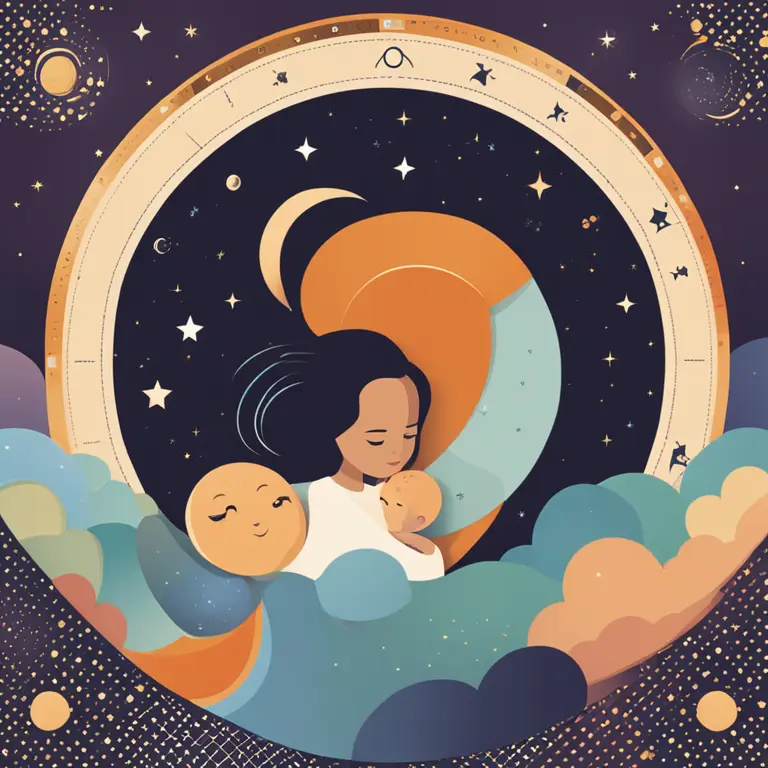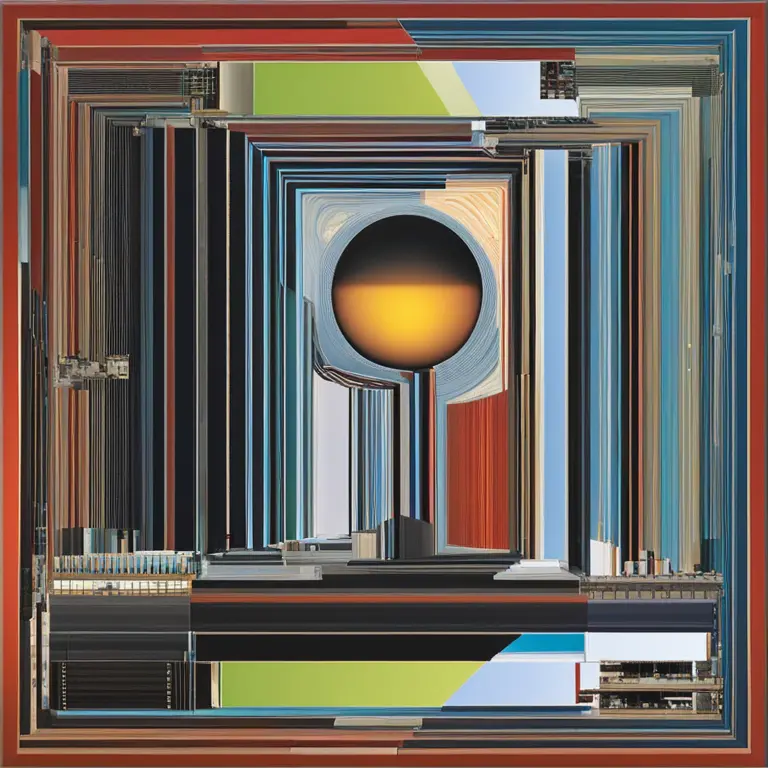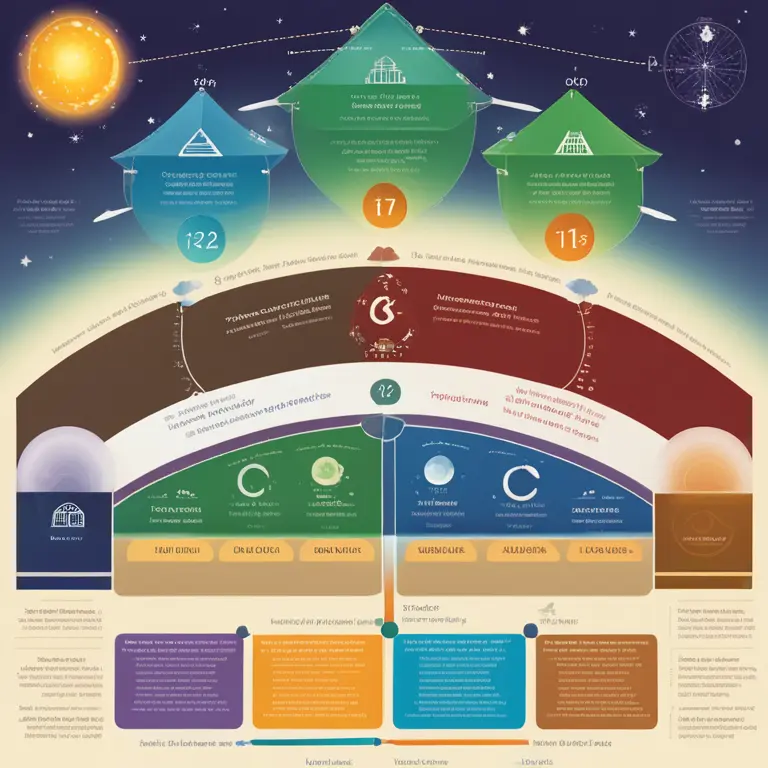
The Infant Star Map: A Guide to Your Baby's Birth Chart
Discover how a baby's birth chart can offer insight into their future personality traits, potentials, and paths through astrological analysis.
article by Priya Deshmukh
Introduction to Birth Charts
Astrology presents a universe of possibilities and, for new parents, unraveling the potential of their newborn is often a journey filled with wonder and curiosity. A birth chart, also known as a natal chart, is an astrological snapshot of the heavens at the exact moment a baby enters the world. This personalized celestial map is believed to hold keys to understanding the child's personality, innate abilities, and life challenges. In this article, we will delve into the elements of a baby's birth chart and decode what they might mean for your little one.

Significance of Birth Time
The accuracy of a birth chart hinges on the precise time of birth, which determines the rising sign or Ascendant. This significant component provides context on how a child may present themselves to the world and interact with their environment. It offers a glimpse into the first impressions they may leave on others, and the way they might navigate their early years. Securing the exact birth time can lead to rich insights into the child's individual path.

Understanding the Planetary Positions
Planetary positions in a birth chart represent various facets of a baby's life. The sun sign speaks to their core being, the essence they grow to develop throughout life. The moon sign sheds light on emotional needs and how they might seek comfort. Mercury's place hints at communication styles, whereas Venus and Mars may suggest future inclinations in love and assertiveness. Together, these cosmic bodies weave a tapestry of potential experiences and growth opportunities.

The Role of Houses and Aspects
The chart is divided into twelve houses, each representing a different life domain such as home, education, and relationships. By analyzing which planets fall into which houses, astrologers infer where a child may encounter success or challenges. Moreover, aspects—the angles planets make to one another—are also telling. They can indicate harmonious or tense relationships between different areas of the child’s life, shaping their personal story.

Compatibility with Parents
Astrological compatibility isn't limited to romantic relationships. A baby's birth chart can be compared with that of their parents to understand family dynamics better. Recognizing where there is natural harmony or potential friction can help in nurturing the child and strengthening the parent-child bond. Alignments between a baby's chart and those of their parents often highlight shared traits or areas where they might learn from each other.
Nurturing a Child’s Potential
Rather than predetermine a child's future, a birth chart offers avenues for parents to guide and support their baby's individual journey. Awareness of a child's astrological predispositions can be instrumental in fostering a nurturing environment tailored to their unique astrological makeup. Understanding a child’s inherent tendencies can be an enlightening experience, setting the stage for a well-supported path of personal development.
Embrace Astrological Insights with Openness
While astrology offers intriguing insights, it's crucial to remember that a birth chart is but one tool among many. It should be used with an open mind and heart, acknowledging that every child is a constellation of limitless potential. Whether you're a believer or a skeptic of astrological influences, considering the cosmic factors can be a delightful exercise in envisioning the multitude of possibilities your baby holds.
Published: 1/22/2024
Modified: 1/23/2024
More predictions
Come back here soon to learn more about yourself and your future


The Essence of Your Birth Chart
Delve into the cosmic blueprint of your personality through the lens of your unique birth chart, guiding your journey through life's astrological influences.


The Significance of A Birth Chart
Delve into the significance of a birth chart in the realm of astrology and learn how it serves as a celestial blueprint of your life.